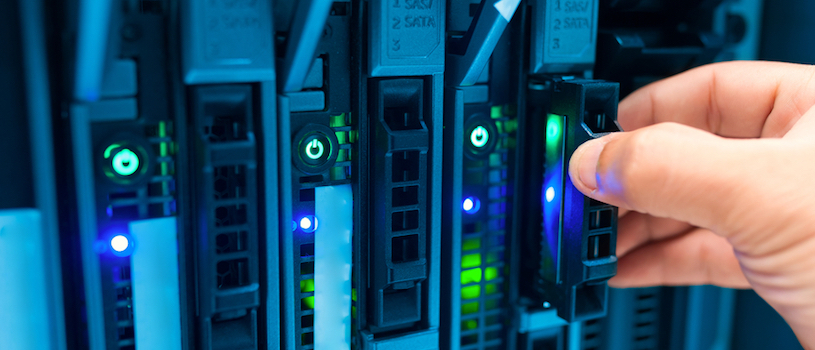Tiered storage is all about matching cost of storage to application priority — the most important applications get the fastest storage. While the first storage systems included three tiers of hard drive storage, and the next versions included a tier of SSD storage as a Tier 0 above the three hard drive tiers, today, there are multiple options for fast SSDs in multiple tiers.
Flash memory has become fast enough that one drive can overwhelm the SATA bus, or even the SAS bus. Newer versions of flash have been developed to use the faster busses — PCIe, NVMe and even the memory bus, which has enough bandwidth to support multiple fast SSDs on the same connection.
With tiered storage, each tier offers a jump in performance and cost over the one below it. The memory bus has the fastest transfer rates and very low latencies, but is expensive, while the PCIe bus and NVMe are very similar — a single NVMe connection is equivalent to a 4x PCIe slot, with lower costs than memory bus SSDs, while SATA SSDs are relatively inexpensive, but limited in bandwidth and latency by the SATA connection.
For lower-level memory tiers, the first versions of Optane are available in PCIe bus versions, and will later include memory bus versions. Currently available Optane drives are rated at about 1200 MB/s, or about half the speed of the NVMe Samsung 960 Pro, which is rated at about 2500 MB/s.
Discover the Cost Advantages of SSDs
Read this white paper on the total cost of ownership advantages of using SSDs. Download Now
The PCIe SSDs consist of one or more NVMe drives mounted on a PCIe board. They can be used in systems that do not have separate NVMe interfaces built in. The upside is that they can be used on any motherboard, but the downside is that they are substantially bigger than M.2 or U.2 NVMe SSDs, meaning you may not be able to fit as many into a data center configuration.
For the purposes of tiered SSD storage, a system might have memory bus SSDs, NVMe SSDs and SATA SSDs as the three tiers; or an NVMe, SAS and SATA SSD configuration; or even NVMe and two different tiers of SATA-based SSDs with different performance.
Learning to Optimize Hardware and Software
The real trick is to optimize the sizes of the tiers and the software used to migrate data from one tier to another, matching the multiple tiers of SSDs to the applications you want to run, taking advantage of the lower costs and greater capacities of one type of SSD storage over another.
With the right software and relative sizes of different tiers, a two-tier or three-tier SSD tiered storage system can provide the blazing speed of the top tier and the less-expensive capacity of the bottom tier by keeping the most often-used data in the top tier, and migrating the less-used data to the lower tiers.
Typically, 10 to 20 percent of data is hot, which means that the top tier only needs to be 10 percent of the size of the next tier. As long as all the hot data fits in the top tier, the overall performance of the system is the same as the top tier, while the remaining 80 percent of the data is stored on a slower but cheaper bottom tier.
When it comes to storage applications, it can take some time to figure out the right balance and ratio, but applying the right type of tiered architecture can ensure that your storage is optimized for scalability and changing data processing rates.
Find the best storage solutions for your business by checking out our award-winning selection of SSDs for the enterprise.








